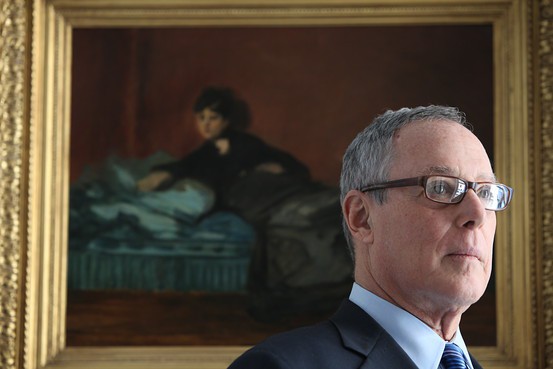Current
STAGFLATION
Dear Friends,
Here we are – Stagflation (when the inflation rate is greater than the growth rate) is back. Last seen in the late 1970’s and early 1980’s. Ultimately free market interest rates reached the high teens by 1982. The inflation broke – along with Nelson Bunker Hunt and his silver manipulation. We are on route worldwide to a repeat with the Fed on the wrong track and Congress at risk of sealing the tomb. We are far enough along so that no short-term fix is likely or even possible. If the Fed stays on its course and Congress does not act on the human infrastructure bill what will happen quickly is evident. Stagflation will continue with the inflation rates spiraling while the growth rate shrinks.
The divergence in wealth and income between the top 50% and the bottom 50% of the populace will increase substantially. (Wage rates never keep pace with a rampant inflation.) The poor will become poorer; the rich will hold their own as the rich own assets which will somewhat offset the wealth destruction inherent in inflationary times. To battle the inflation the Fed must veer towards caution. Endowing the banks with billions through asset purchases and a building Fed balance sheet only exacerbates the inflationary trend and subsidizes the banking community which seems to do just fine without continuous injections of taxpayer funds. Maintaining interest rates at deeply artificially low levels, though an acceleration of asset values and markets, has no beneficial effect on the growth of the economy. In fact, the results of these artificially loco rates are to depress growth and accelerate inflation. The increases in asset values and markets do not generally augment consumer buying power – in fact they reduce the consumer ability to buy overpriced goods – the average consumer does not benefit from escalating asset values as the average consumer’s only valuable asset is generally his or her home. Home value does not increase consumer buying power.
Approximately 25% of our population is at or past retirement age, dependent on pensions, return on savings, social security et al. This group of more than 80 million people are partially interest payment dependent for the income to purchase consumer goods. These older folks are able to contribute less and less to our consumer fueled economy further inhibiting growth. The case for low rates inhibiting growth while increasing asset values is a long one but enough said as to how. It is time the upper 20% of the population benefit from the low rates and the banking giveaways. Those benefits are unlikely to be spent in any way that accelerates consumer spending.
Why do I emphasize consumer spending? First because in the United states it is the primary motor of the economy. Without strong growing consumer spending, there can be no sustained inflation adjusted growth. It is without precedent in our economic history that with an impoverished middle and lesser class, the country has grown from anything but depression levels. The reason is simple. It centers around VELOCITY OF MONEY. (Lower income folks spend 100 – 110% of all income sources on consumer products. The highest earners spend less than 10% on consumer purchases.) Example: $1,000,000 income to lower income levels means $1,000,000 to $1,100,000 goes to consumer purchases while $1,000,000 of revenues to the highest earners are likely to produce only $100,000 in purchases. The larger the wealthy class and the greater the divergence the greatest resistance to inflation adjusted growth. This is a spiral; its net effect is a depression. The $1,000,000 is spent again and again in lesser amounts by the recipients. The $100,000 the same course.
So, what is the solution – no absolute solution but the right direction be achieved:
The Fed must stop the banking endowment and reduce its balance sheet in an adept fashion. This can be done without disruption as the Fed ownership of debt is, in the majority, government debt. In fact, the same entity is the borrower and the lender. Simple solutions abound if the banking profit machine is abandoned. Rates need to float to where they reflect real supply and demand to ultimately quash the inflation. Second the $3 trillion stimulus, now reduced to $2 trillion will have to happen, and promptly. Remember the recipients of this package spend all they receive. – “Growth”
Long term we must institute wage rates, through regulation if necessary, that allow all workers to earn a decent living wage. We must institute medical coverage and price controls for all medical and pharmaceutical charges. The United States, the richest country in the world, has the highest cost per capita of any nation and yet rates 39th in terms of the quality and success of treatment. That doesn’t make for a successful work force. The case for short term survival and longer term success is clear. Do we have the collective strength to achieve both? I think so but the proof of the pudding will be in the eating.
Asher Edelman



Discussion
Comments disabled.